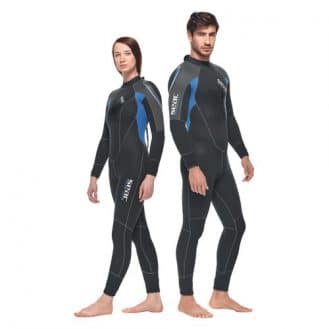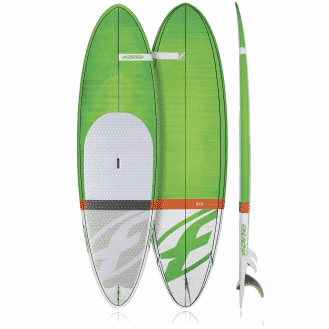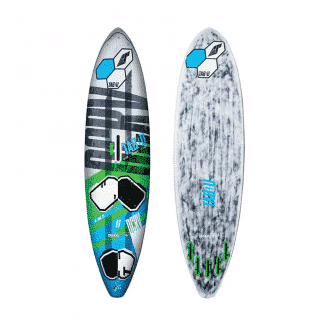Rowing is a sport of speed and gliding in long, tapered boats made of carbon fiber, wood or composite materials. The rower sits above the water level on a rolling seat (a slide) and turns his back to the direction of travel of the boat. The oars are used to propel the boat. The number of oars used depends on the type of rowing: rowers use a single oar for sweep rowing and two oars for sculling.
This sport can be practiced at sea, on a river or a lake. Depending on the type of boat and competition, the crew may or may not include a coxswain (the steersman in charge of the boat and crew). In this guide, we will discuss the main points to consider when choosing a rowing boat.











